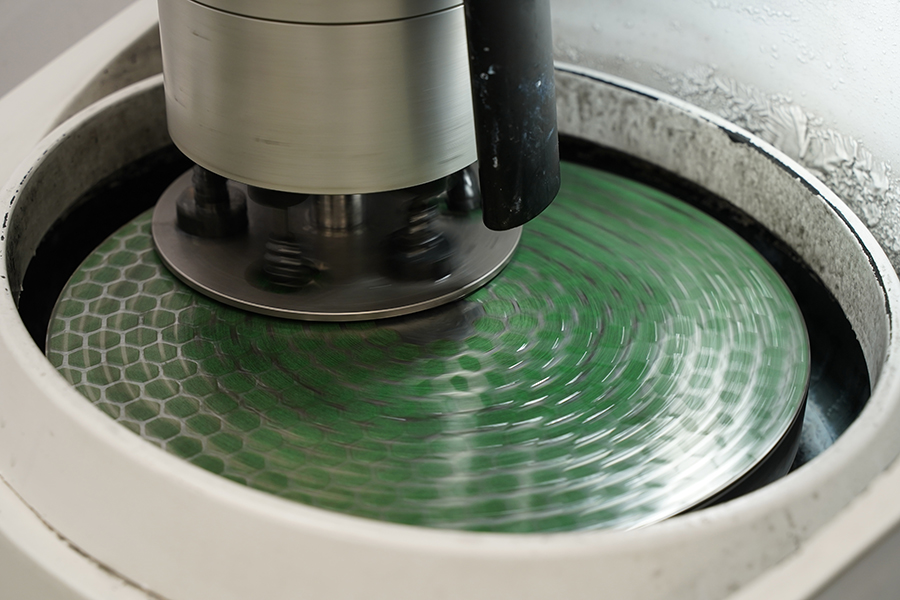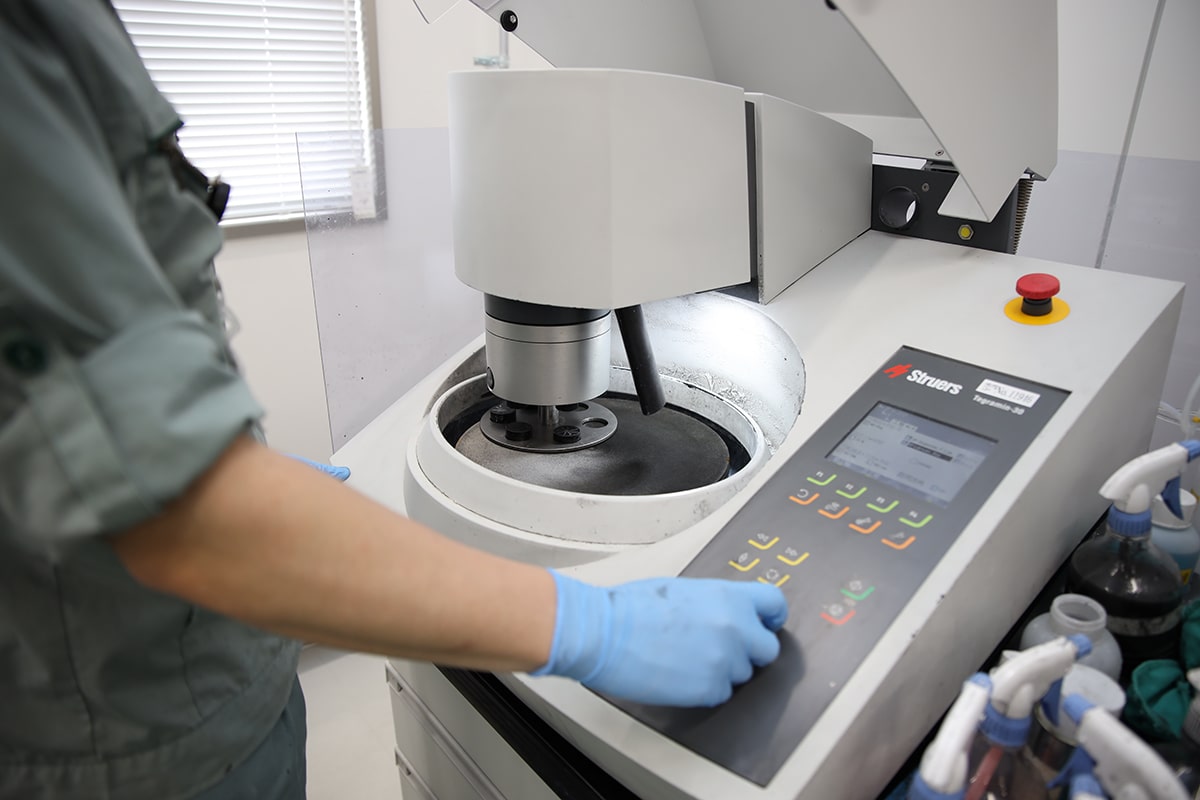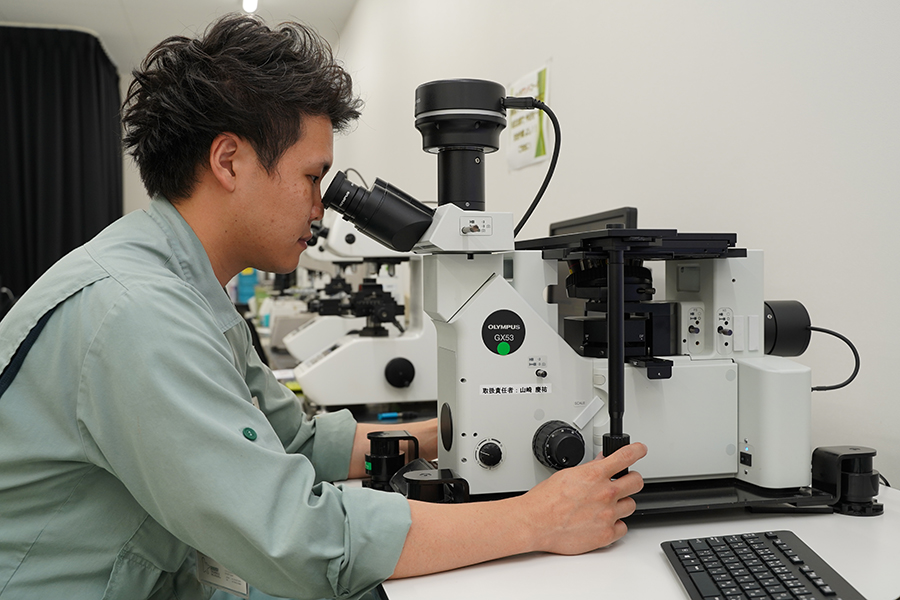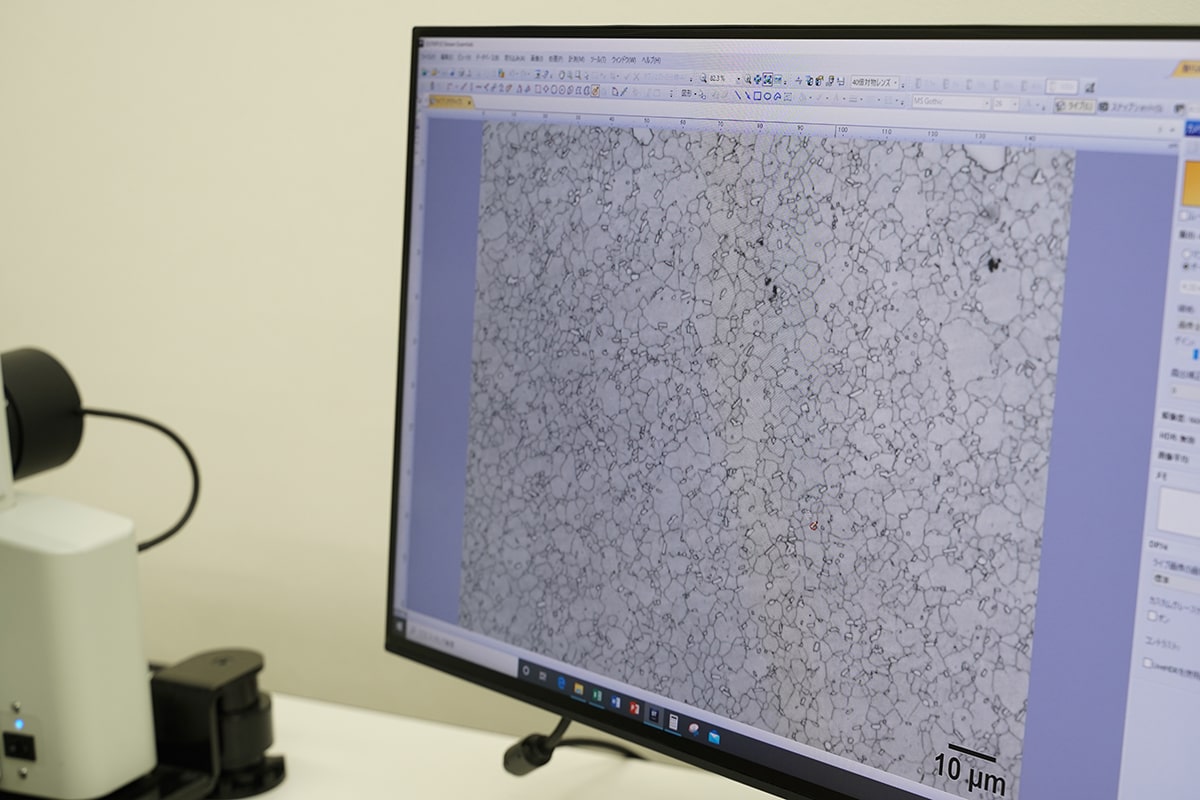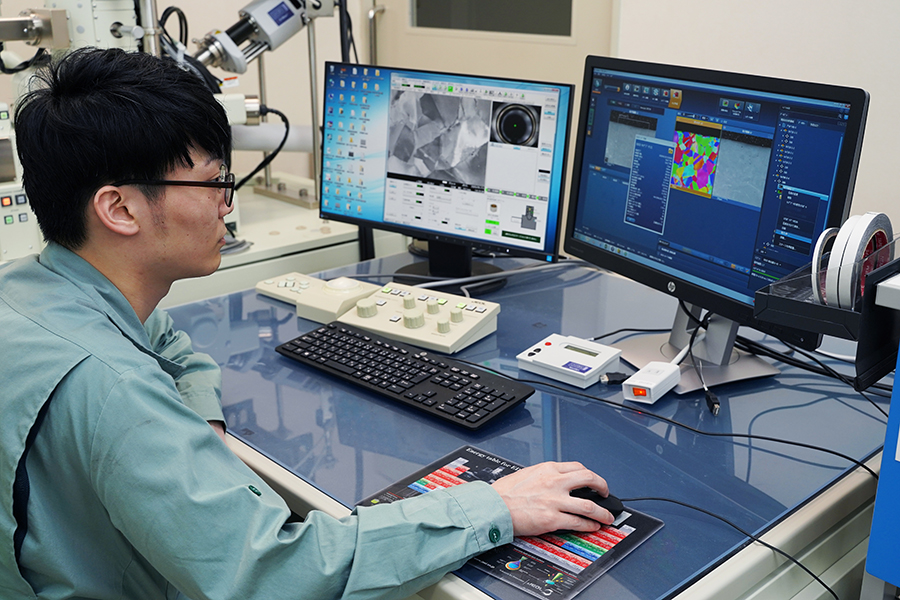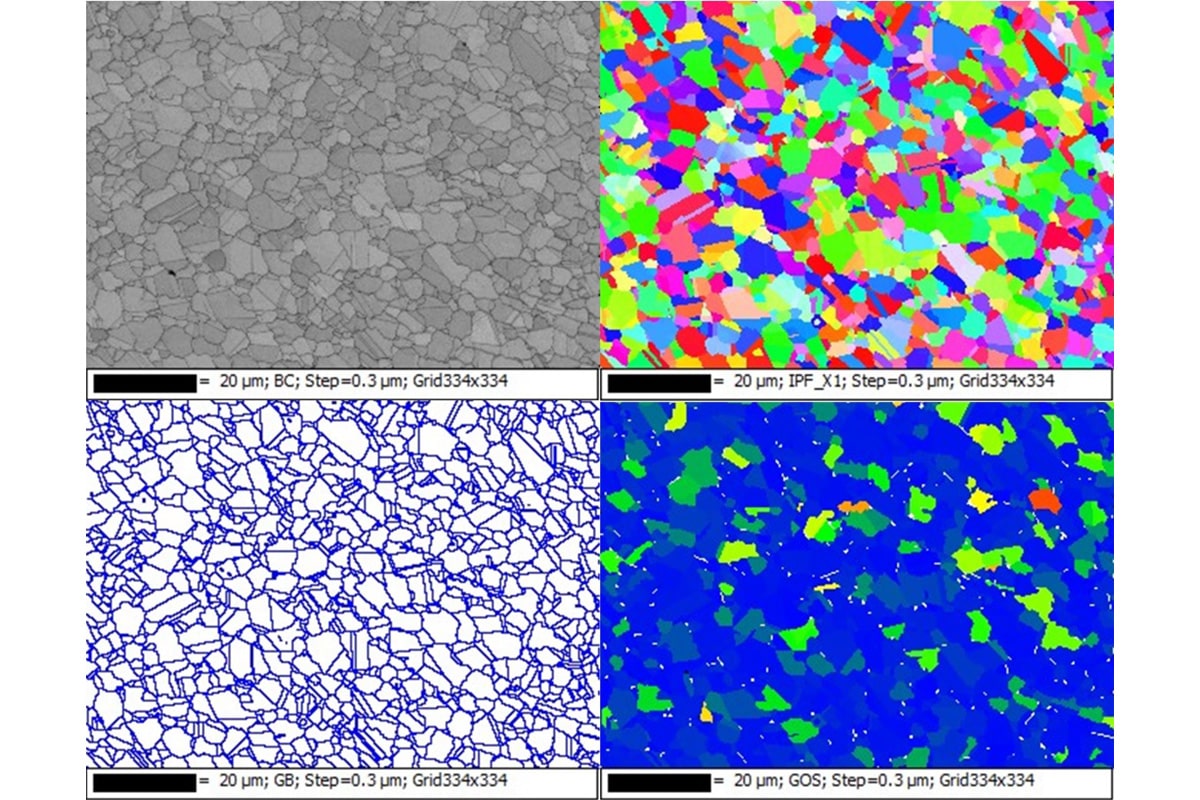
SERVICE
MATERIALS TESTING (METALS)
Metallographic Examination
Continuously innovating and evolving.
Techniques Developed since our Founding
The founder of Kiguchi Technics started the business as a polishing company to polish Japanese swards and to prepare test pieces for microstructural evaluation. Based on the polishing techniques, we prepare and polish test specimens for microstructural evaluation to meet various international/national standards.
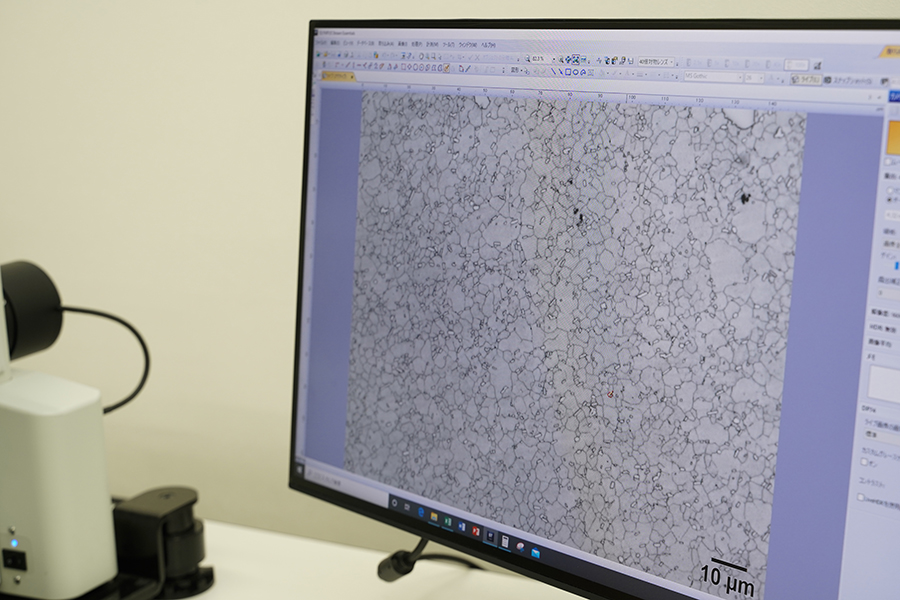
Specimen Preparation
Mechanical Polishing
For test pieces for microstructural evaluation, our polishing techniques have developed since our founding. Those techniques enable us to prepare microstructural test specimens with a high level of quality and without any fine scratches.
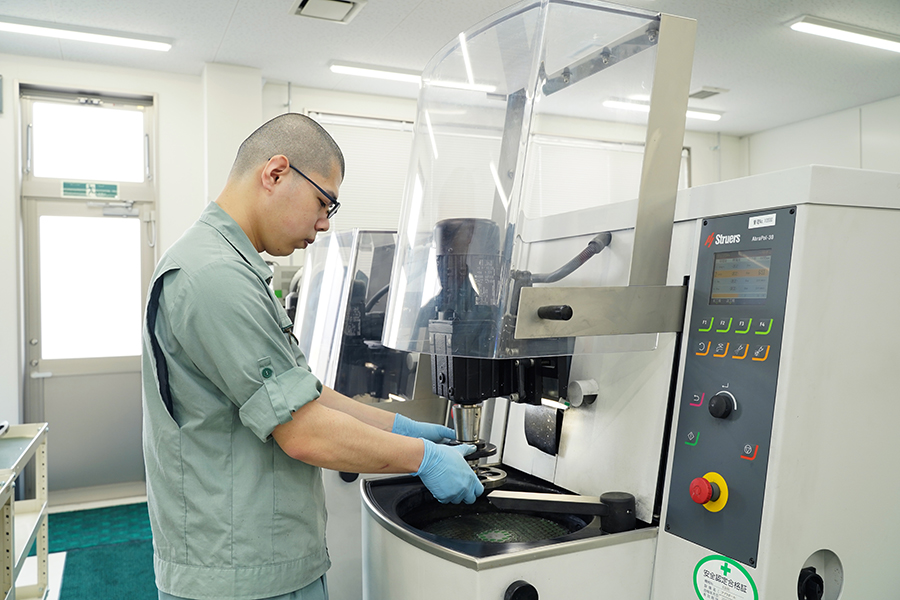
Polishing Process
For microstructural evaluation, various types of materials such as high-hardness steel, copper, and solder materials are supplied by our customers. To meet diverse customer needs, we are greatly helped by using our accumulated techniques.
Samples after being Polished
A mounted specimen with phenolic or epoxy resin is a great help to polish deformed and complex materials.
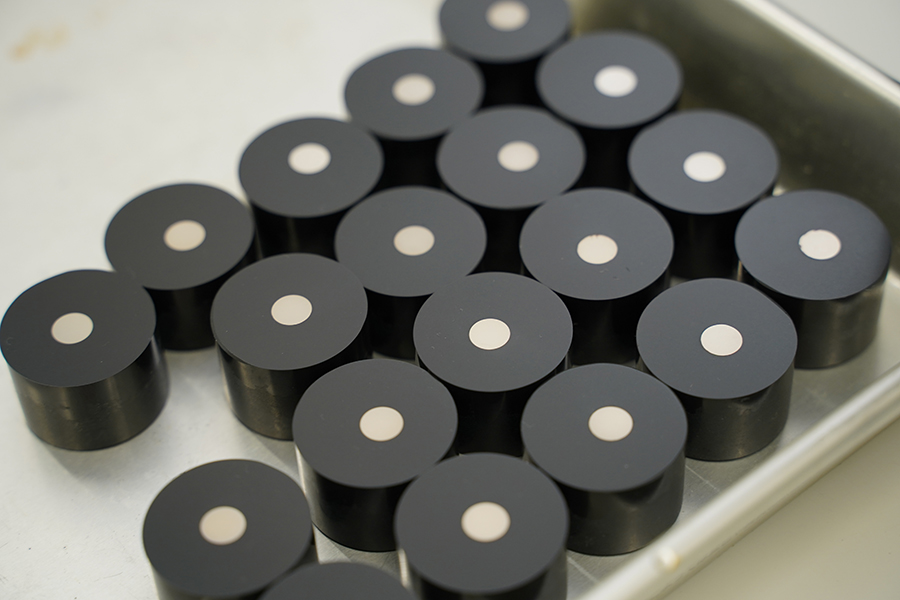
Grain Size Measurement
Metallographic Examination
Mirror-like polished specimens need to be etched with chemicals to reveal their structures. Depending on material properties and evaluation purposes, we choose appropriate chemicals and their mixing ratio.
Grain Size Measurement
The purpose of grain size measurement is to evaluate grain sizes and variability in structures. We perform evaluations in accordance with an applicable standard such as ASTM E112 or JIS G0551, and also conduct image analyses.
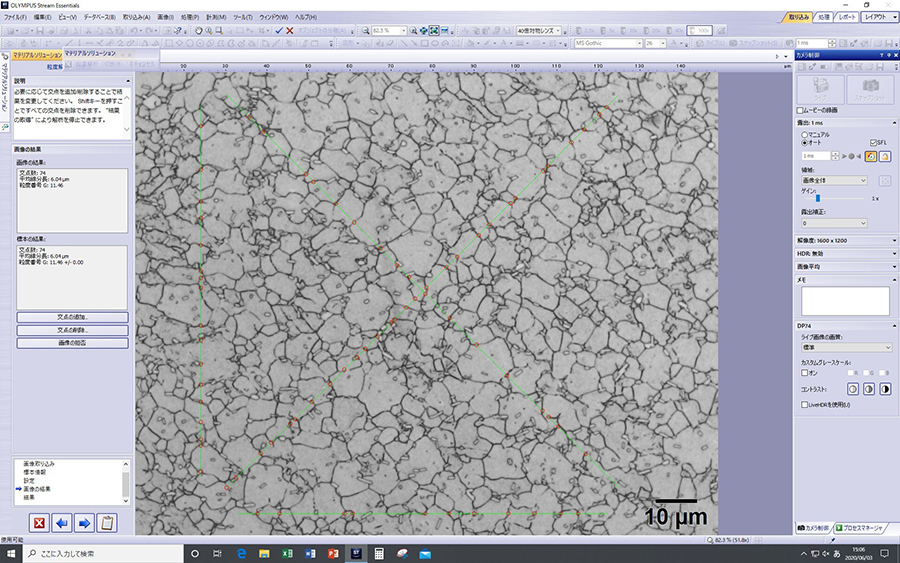
Other Types of Metallographic Examination
Distribution Measurement of Porosity
and Void using Image Analysis Software
In addition to conducting grain size measurements and nonmetallic inclusion ratings, we perform distribution measurements of porosity and void for sintered and 3D printing materials.
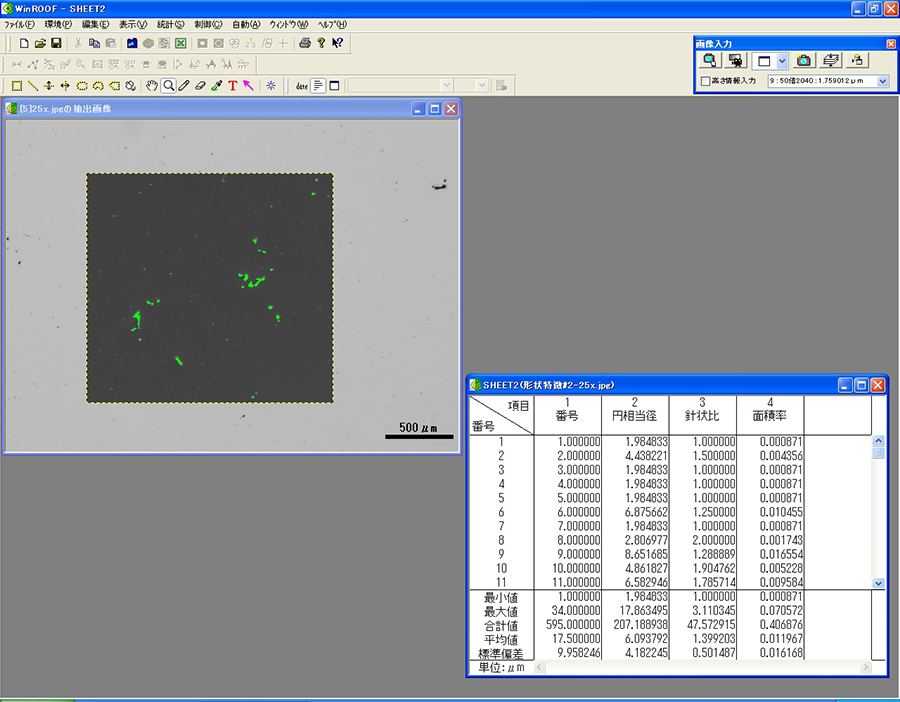
Electron Backscatter Diffraction (EBSD)
Techniques using EBSD, electron backscatter diffraction, enable us to identify the crystal orientation of a sample and the difference between individual phases. Technologies for EBSD play an important role in evaluating microscopic structures of a material.









